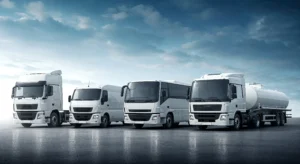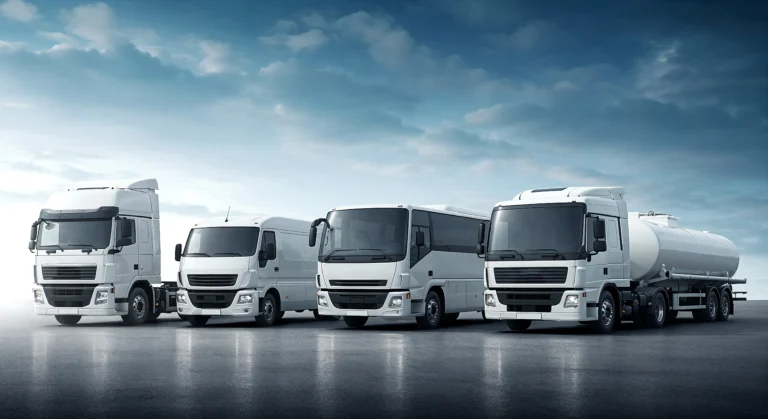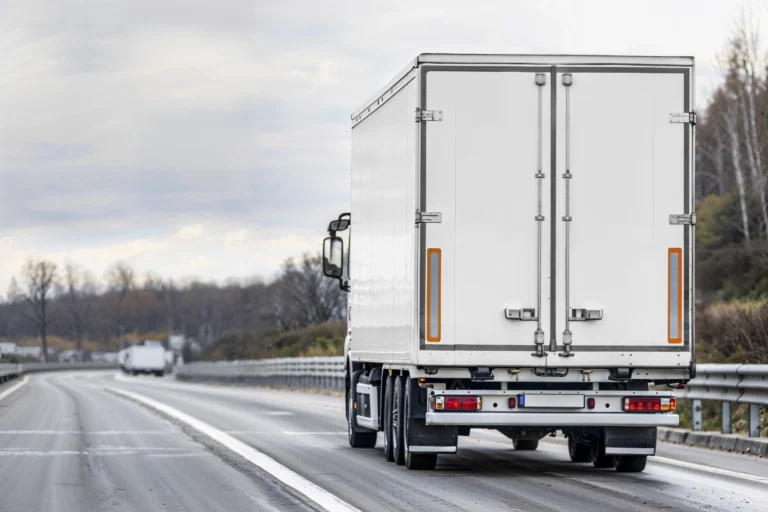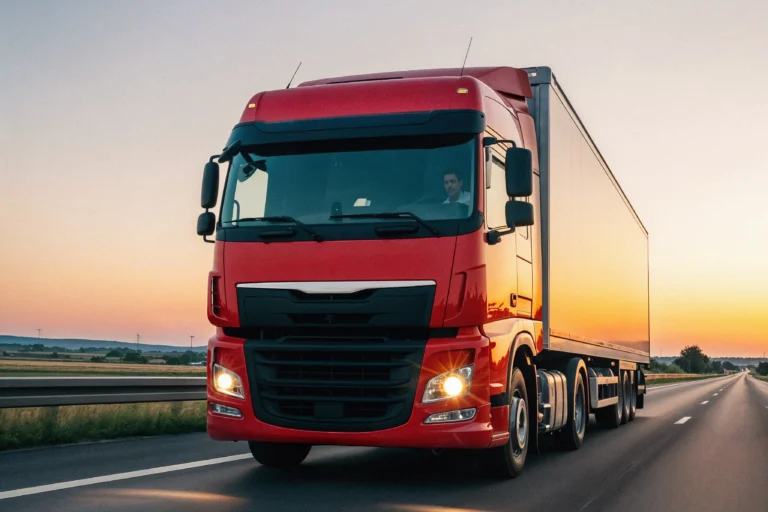Understanding the vehicles we share the road with allows us to better appreciate the work and responsibility of those behind the wheel. Let’s talk truck classification.
The classification of trucks can be a complex topic for those unfamiliar with the road transport industry. When driving alongside a commercial vehicle, most motorists tend to distinguish only three main types: small trucks, medium trucks, and large trucks. However, there are actually more specific categories that classify them based on their weight and dimensions.
This guide is intended for those who wish to learn more about the world of road transport or are just taking their first steps into it. Understanding the vehicles we share the road with allows us to better appreciate the work and responsibility of those behind the wheel.
Truck classification: a guide to entering the world of road transport
Before going into the classification of trucks, it’s important to understand the parameters that define a Commercial Motor Vehicle (CMV). While the term “truck” is generally used, the correct terminology for classification purposes is CMV, since not only trucks fall into these categories.
So, what is a CMV? The Federal Motor Carrier Safety Administration (FMCSA) defines a CMV as a vehicle used by a business or nonprofit organization that meets any of the following criteria:
- Has a Gross Vehicle Weight Rating (GVWR) of 10,001 pounds or more.
- Transports hazardous materials requiring placards.
- Transports eight or more passengers.
If a vehicle meets any of these conditions, it is considered a CMV. Once classified as such, CMVs are divided into eight classes established by law, according to their gross vehicle weight rating.
The Gross Vehicle Weight Rating (GVWR) indicates the maximum weight of the truck plus the full load it can carry. The CMV classifications are as follows:
Class 1 – GVWR up to 6,000 pounds.
Includes vehicles such as minivans, utility vehicles, multipurpose vehicles, small pickups, and full-size pickups.
Class 2 – GVWR from 6,001 to 10,000 pounds.
Includes vehicles such as utility trucks, crew cab pickups, full-size pickups, minibuses, and step vans.
Class 3 – GVWR from 10,001 to 14,000 pounds.
Examples include school buses and urban delivery vans.
Medium trucks
Classes 4, 5, and 6 fall under what are known as “medium-duty trucks,” as their GVWR exceeds 14,000 pounds. Most commercial trucks belong to these categories.
Class 4 – GVWR from 14,001 to 16,000 pounds.
Examples: standard van, large van (e.g., Ford E-450), F-450 Super Duty pickup, and box trucks.
Class 5 – GVWR from 16,001 to 19,500 pounds.
Examples include bucket trucks, large rear-access vans, and urban delivery trucks.
Class 6 – GVWR from 19,501 to 26,000 pounds.
Examples: rack trucks, single-axle vans, beverage trucks, and school buses.
Heavy trucks
The final two classes include heavy-duty trucks, which are the largest and heaviest commercial vehicles.
Class 7 – GVWR from 26,001 to 33,000 pounds.
Examples: home heating oil tankers, garbage trucks, tow trucks, city buses, furniture trucks, and medium conventional trucks.
Class 8 – GVWR of 33,001 pounds and above.
The legal weight limit for trucks in the U.S. is 80,000 pounds, although certain regulations allow for higher weights. This class includes all CMVs larger than a city bus, such as tractor-trailers and long-haul rigs.
Why are these classifications important?
The GVWR of a truck not only defines its category but also determines several regulatory and operational requirements that drivers must comply with. Knowing a truck’s classification is important for:
- Permit requirements
- DOT number regulations
- Maintenance needs
- License level requirements
- Hours of Service (HOS) laws
- Weigh station guidelines

Truck classification: a guide to the world of road transport
Understanding the vehicles we share the road with allows us to better appreciate the work and responsibility of those behind the wheel. Let’s talk truck

The highly anticipated Tesla Semi gears up for its official arrival in 2026
Following the release of Tesla’s third-quarter 2025 financial results, the company confirmed that the Tesla Semi is getting closer to its official debut. One of

Road Safety During Halloween: A Key Guide for Professional Drivers in the U.S.
Road safety during Halloween is a priority for professional drivers in the United States, especially with increased pedestrian activity, evening events, and changing weather conditions. This article outlines the risks and best practices for driving safely during this holiday period.

Understanding the English Language Proficiency regulations in the trucking industry
The industry is experiencing changes related to English Language Proficiency evaluations for commercial drivers, let’s understand the current legislation governing this matter. English language proficiency

America First at the Border: U.S. Action Against Mexico Signals Pressure on Cross-Border Trucking
America First at the Border: U.S. Action Against Mexico Signals Pressure on Cross-Border Trucking
The cancellation of 13 Mexican airline routes has raised concerns that U.S. regulators may soon tighten oversight in cross-border trucking, reshaping the logistics landscape between both countries.

Top 10 key issues in the trucking industry for 2025
The American Transportation Research Institute released its annual report on the key issues facing the trucking industry. On October 26, the American Transportation Research Institute




